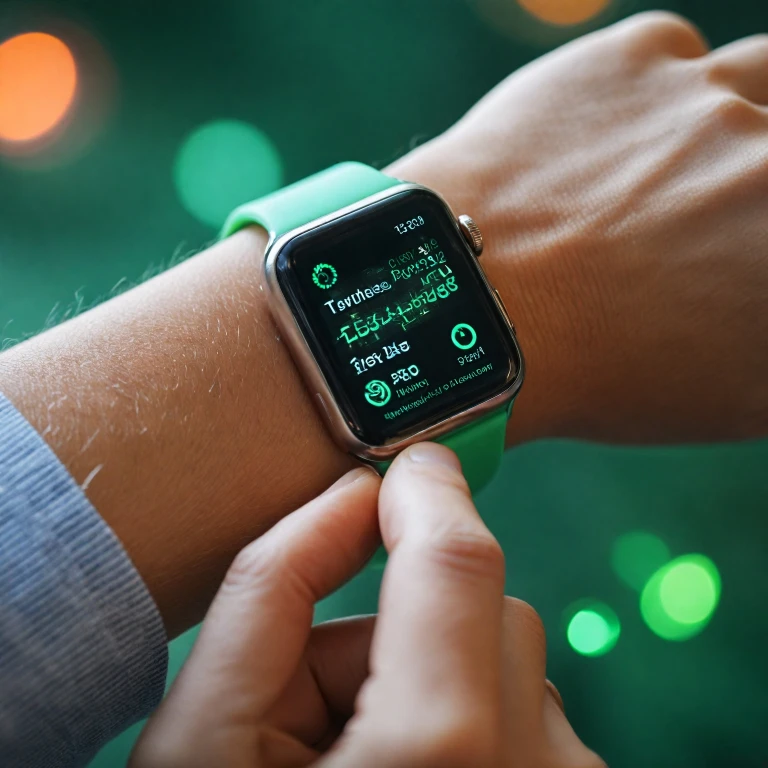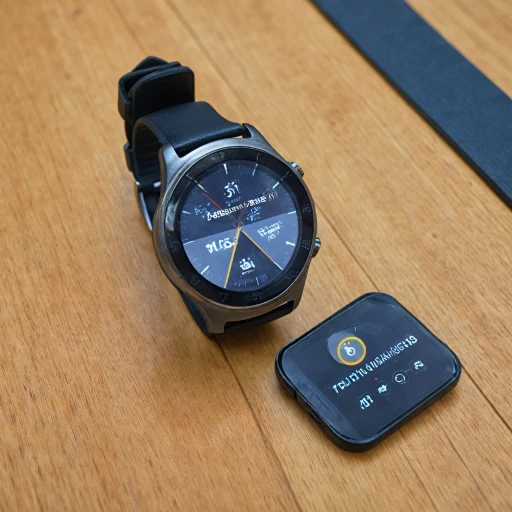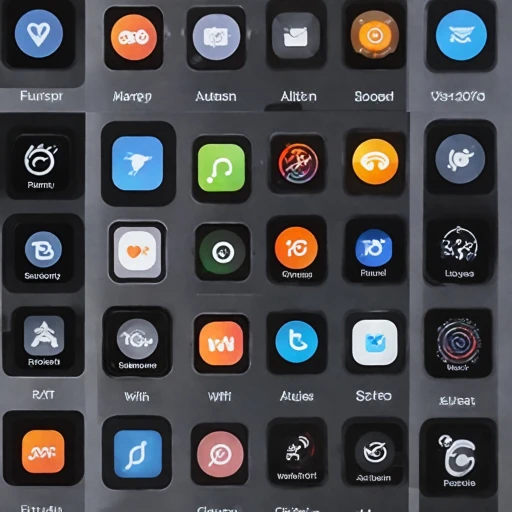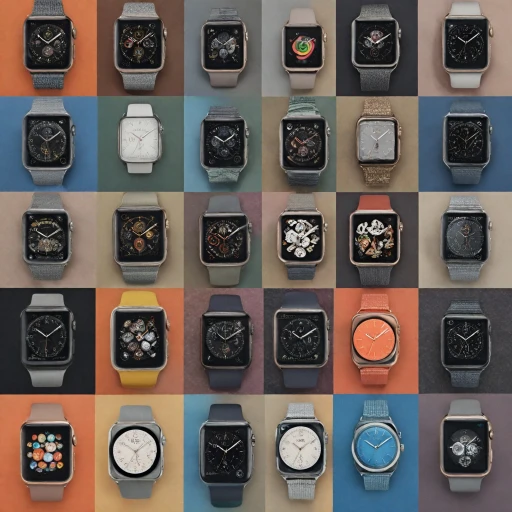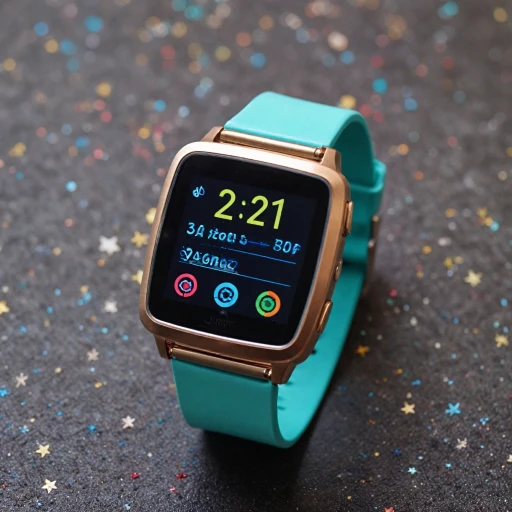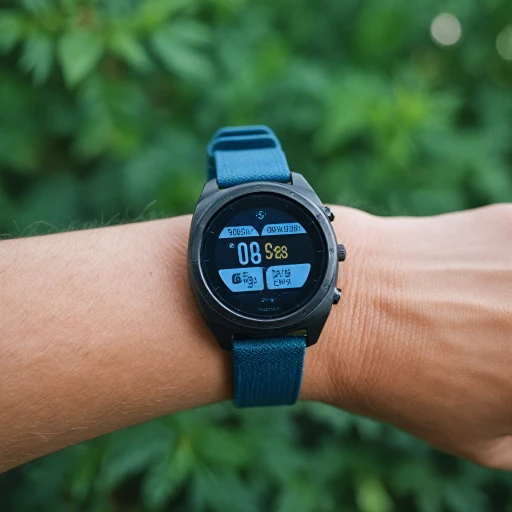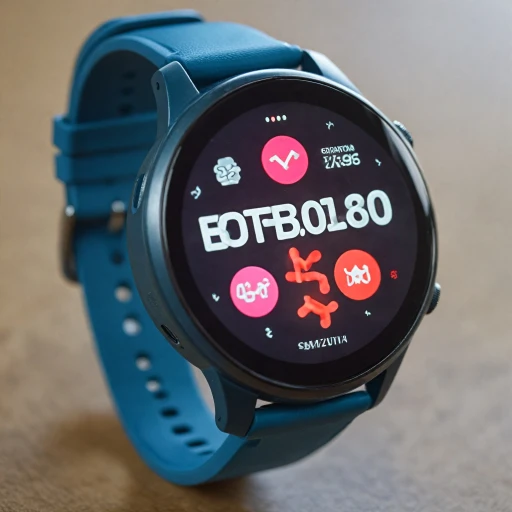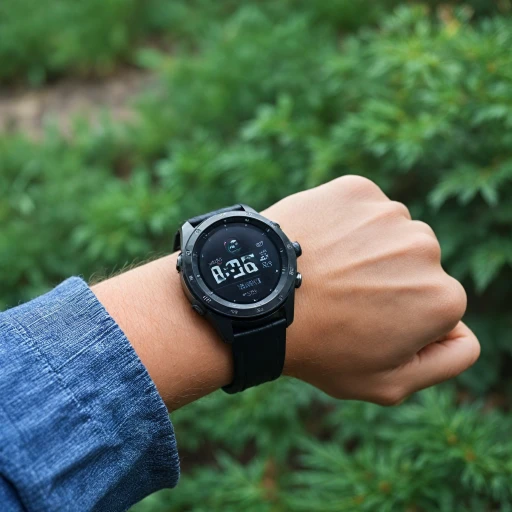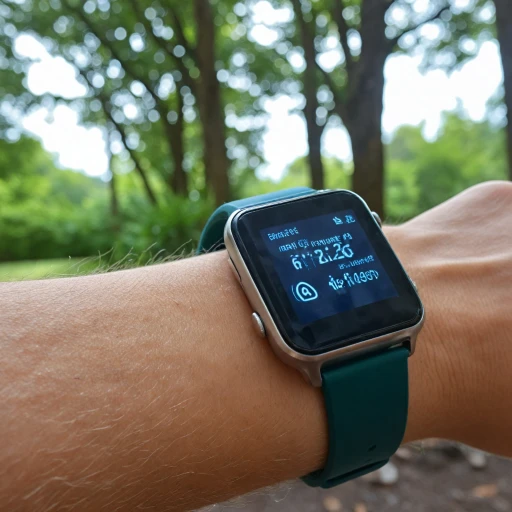
How the Blood Oxygen Feature Works
Insights into the Apple Watch Blood Oxygen Feature
The Apple Watch, especially the latest series, has made a significant leap in health monitoring with its blood oxygen feature. This feature, accessible through the oxygen app, uses advanced technology to measure the oxygen saturation (SpO2) in the user's blood. Primarily, it utilizes a combination of red, green, and infrared LEDs along with photodiodes located on the back crystal of the watch case to perform these measurements. By capturing how much light is reflected back, it calculates the percentage of oxygen present in the blood. The measurements occur throughout the day or can be checked manually by tapping on the oxygen app on the Apple Watch. Results are recorded in the Health app on your iPhone, providing insights into your long-term health patterns. Importantly, this feature is designed for general wellness and fitness and is not intended for medical use. Apple's integration of the blood oxygen sensor highlights its commitment to providing non-invasive health monitoring tools, enhancing user experience in tracking vital health metrics. Accuracy remains a crucial aspect, and while the watch aims to deliver reliable measurements, factors like environmental light or watch positioning can impact results. For those keen on exploring their Apple Watch capabilities further, ensuring to set up or even perform a factory reset can optimize usage. Perform a factory reset.Benefits of Monitoring Blood Oxygen Levels
The Importance of Keeping Tabs on Oxygen Levels
Understanding your blood oxygen saturation can offer valuable insights into your overall health. When you use your Apple Watch Series, its oxygen app provides timely spO2 measurements, helping you monitor your health data subtly yet effectively. Once the feature is activated, these quick spO measurements can be tracked and reviewed easily on your iPhone through the health app.
Regularly monitoring your blood oxygen levels can be particularly beneficial for individuals with conditions affecting lung or heart function. Lower oxygen levels can indicate potential health issues such as sleep apnea or respiratory ailments. By keeping a close eye on fluctuations, users can address problems early, easing concerns over potentially serious health complications.
Convenience and Integration in Daily Life
The Apple Watch's blood oxygen feature integrates seamlessly with other functions, such as heart rate monitoring and sleep tracking. With a gentle tap, users can have their blood oxygen levels assessed at any time, without needing additional devices. The convenience of having it all in a compact watch case helps people stay attentive about their health metrics while on the go.
No Substitute for Medical Devices, But a Helpful Companion
While the blood oxygen feature is not intended to replace medical-grade equipment or professional consultation, it offers a practical way to keep track of health trends over time. Unlike traditional pulse oximeters that might require manual operation, the oxygen sensor in the Apple Watch Series ensures users have a stream of data for better-informed health management.
Additionally, you may find it beneficial to reset your settings if you run into any issues with the spO2 feature. Learn how to perform a factory reset on your Apple Watch for a refresh.
Comparing Blood Oxygen Features Across Smartwatches
Comparing Oxygen Monitoring Features Across Smartwatches
When it comes to smartwatches, the desire for precise health monitoring features, especially blood oxygen monitoring, is on the rise. This demand has led to a variety of smartwatches that offer similar functionalities, albeit with different approaches and capabilities to suit diverse needs.
The Samsung Galaxy Watch offers competitive blood oxygen monitoring features comparable to Apple's, but each has its own strengths. While the Apple Watch employs an advanced oxygen sensor integrated into its back crystal, other brands like Samsung have also implemented robust sensors to track SpO2 measurements.
However, one of the notable differences among these watches is the way data is processed and presented. The Apple Watch, for example, pairs with the Health app on your iPhone, allowing you to access a comprehensive overview of your daily health data. This includes your heart rate, sleep patterns, and detailed blood oxygen levels—enabling wearers to keep an eye on their overall health without missing a beat.
Furthermore, the user experience on an Apple Watch tends to be streamlined due to its iOS integration. This includes the ease of use of the oxygen app, ensuring that each measurement is a simple tap away. In contrast, while other watches may provide similar data, their user interface can vary, impacting how seamlessly you access and interpret your health metrics.
Ultimately, the choice between smartwatches comes down to personal preference and specific needs. Factors such as battery life, ease of use, and how the device fits into your existing ecosystem—all play a role in determining which smartwatch is the best case for you. While the Apple Watch may appeal to those deeply embedded in the Apple ecosystem, other brands might offer features like sport bands or verified purchase satisfaction that align better with your lifestyle.
User Experience and Accuracy
User Insights and Performance of the Blood Oxygen Feature
In the realm of smartwatches, the blood oxygen feature on the Apple Watch series has captured the interest of health-conscious users. When it comes to user experience and accuracy, several factors come into play. Apple's blood oxygen feature has been integrated into the watch series with the intent of providing easy access and reliable readings. To access the measurements, users simply need to open the oxygen app and tap to commence measurement. The sleek design, complete with a sport band, makes it comfortable for users to wear the watch for extended periods, be it during sleep or intense workout sessions. However, there's an ongoing discussion about the accuracy of these readings. While the feature offers great convenience, a few users raise concerns regarding the accuracy when compared to traditional pulse oximeters. This discrepancy can be attributed to various factors including how the series watch is worn or ambient conditions influencing the spo measurements. Apple ensures that the oxygen levels readings are displayed clearly on the iPhone's health app, offering a detailed overview over time, similar to how heart rate and sleep patterns are tracked. It's important to mention that verification of such high-tech features often leans on continuous software updates, refining the way measurements are taken and interpreted. From a broader perspective of the market, Apple aims to remain a strong contender, particularly in the United States. The Apple Watch Ultra, part of the series with not only GPS but also enhanced battery life, offers an upgraded case, tempting for those considering a verified purchase for deeper health monitoring. Ultimately, as these features evolve, potential updates might be geared towards improving accuracy, competing robustly with dedicated health devices, and further enhancing user experience.Privacy and Data Security Concerns
User Concerns about Data Privacy
Ensuring privacy and data security has become a pivotal aspect of wearable technology, particularly with devices like the Apple Watch. Given the sensitive nature of health information, such as blood oxygen levels and heart rate, users are often concerned about how this data is handled. Apple, in providing health features like the blood oxygen app, underscores its commitment to protecting user data. Health data collected by the watch, including SPO measurements, sleep patterns, and heart rate, is encrypted on the device and in transit to the iPhone, offering a layer of security. This is essential for users who are aware of potential vulnerabilities in digital platforms.- Data Encryption: Apple employs robust encryption techniques for health data both on the watch and during transmission to ensure that personal information remains inaccessible to unauthorized parties.
- User Control: Users have control over the data being shared and can manage permissions through their iPhone's health app, including the option to restrict data syncing across devices.
- Transparency: The Apple Watch provides transparency about the types of data that are being collected and how they are used, reassuring users about the handling of their health information.
